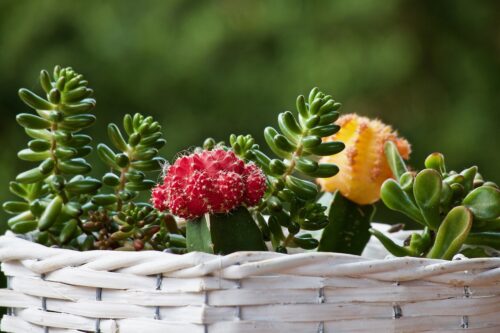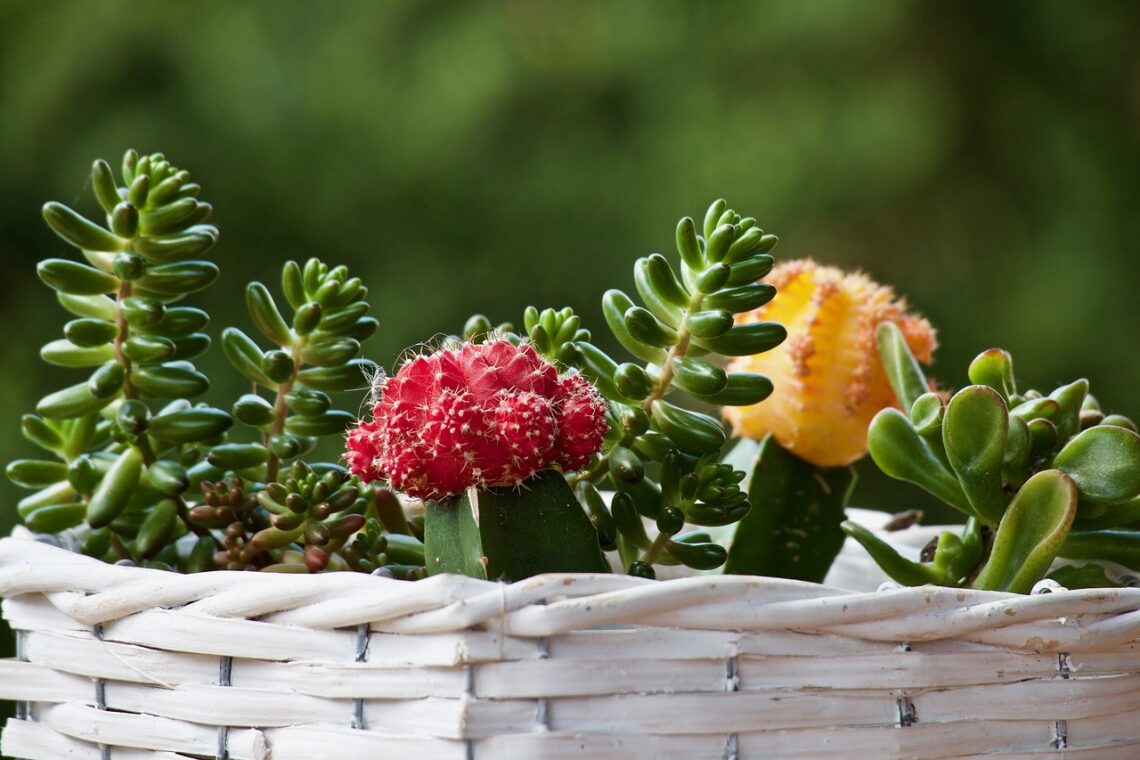Follow these simple Tips for Never Ever Killing a Succulent, as many new gardeners don’t know what kind of care these plants need.
Read about the Tips for Never Killing a Succulent so these plants live for many years happily in your home garden. Unknowingly, many new as well as experienced gardeners kill them with over pampering. Here you will find the correct guidance and care format for your beloved plants.
Tips for Never Killing a Succulent

1. Avoid Grow Them in Dark
According to the variety, succulents require six hours of sunlight per day. In lack of enough light, the growth of the plant can be stunted. Also, don’t place newly planted plants under direct sunlight and acclimate them slowly to a sunny location or provide shade with a sheer curtain.
2. Keep Succulents on a Drier Side
Overwatering is the biggest cause of death for succulents; hence, it keeps them on the dry side. Always allow the soil to turn dry between waterings, but don’t misunderstand it with underwatering, as it can also be fatal for the succulent. Follow a simple rule of soil testing before watering: insert a finger in the soil; if the top 1.25 inches feel dry, then it’s time for hydration.
Note: Reduce the watering during winter dormancy, as plants rest at that time and have less energy.
3. Use Well-Draining Soil
Succulents prefer soil that drains well, so avoid using regular potting mix or dirt from your garden. Use a cactus mix or soil with pumice, sand, or perlite. While repotting, stay gentle, as succulent roots are quite fragile.
4. Don’t Mist
Succulents have fleshy leaves in which they store water. Due to this water-storing mechanism, they do not need misting. Also, they prefer dry air and do not appreciate humid conditions. Misting can lead to fungal issues and root rot, so avoid it at any cost.
5. Do not Use Large Pots
Succulents have a small root system, and growing them in large containers increases the chance of keeping them in wet soil for a long. So, use a small pot with drainage holes.
6. Don’t Overfeed
Succulents are not heavy feeders, but you can feed them with light fertilizer during the growing season of spring and summer. Make sure not to overfertilize, as it can speed up the growth and make the succulent weak and leggy.
7. Avoid Overcrowding
Well, having many succulents in the same container looks good, but it leads to poor air circulation and competition for water and nutrients. Provide each plant with sufficient space to thrive.
8. Know When to Repot
Succulents do not require regular repotting. They grow and bloom well in a root-bound state, but at some point, succulents also need a separate home. You can determine it when signs such as overcrowding and rot are seen in the plant. At that time, move the plant to a larger pot of one size with fresh potting mix. It will be better to do this in spring when the plant is growing actively.
9. Use a Pot with Drainage Holes
Accumulated water at the base of the pot can lead to root rot. To avoid such conditions, make sure the container has sufficient drainage holes. If you are using a pot without drainage holes, then adjust the watering schedule and water the plant when the soil turns dry to the touch.



